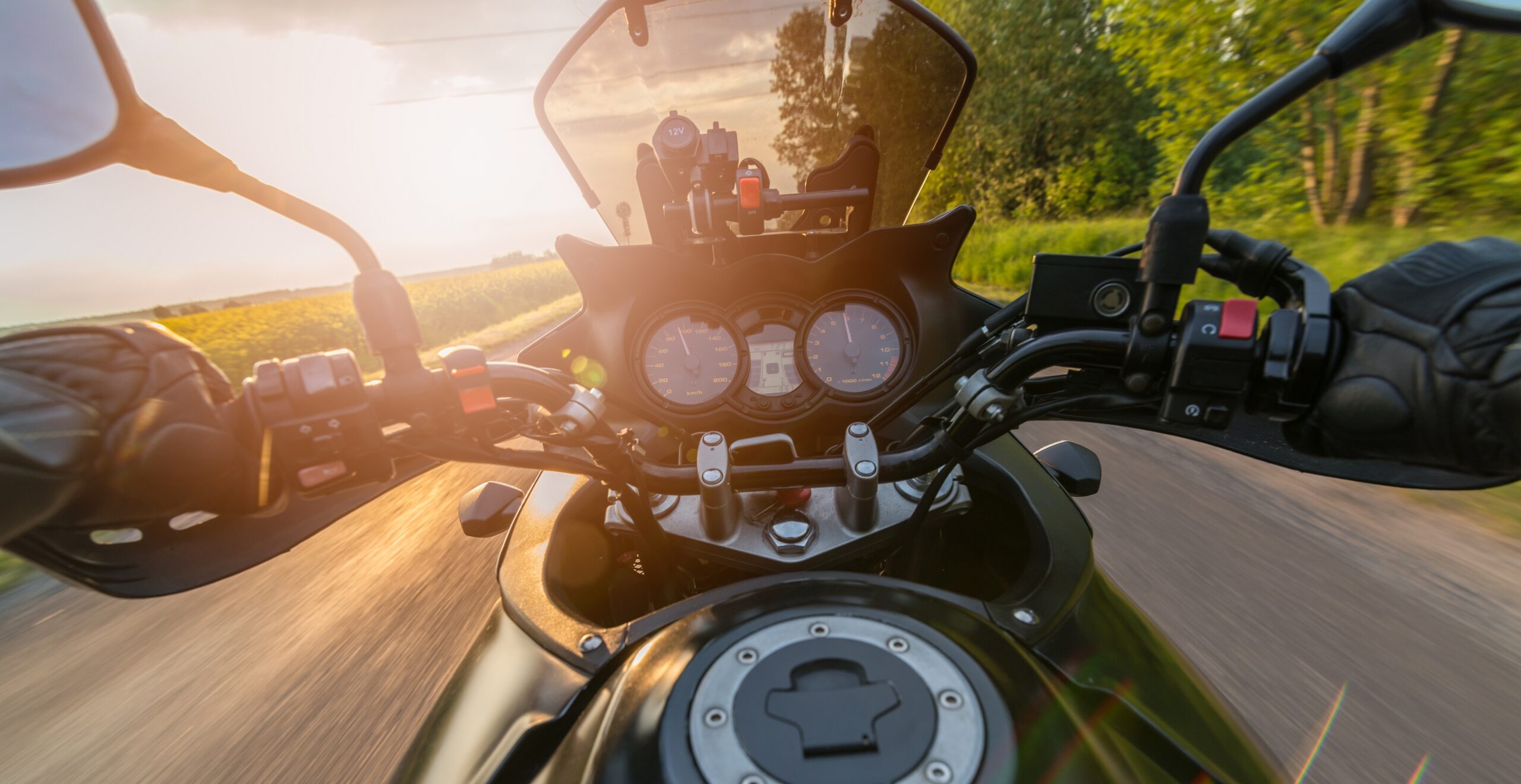Understanding the Dynamics of Motorcycle Accidents at Florida Intersections

The freedom of a motorcycle, the wind in your hair, the world racing past in a blur, is a sensation unparalleled. Yet, the very essence of this freedom, the motorcycle’s sleek, compact nature, can sometimes render it vulnerable, especially at bustling intersections. Florida, with its scenic coastal roads and vibrant city lanes, is no stranger to this dynamic. Let’s delve deeper into the intricacies of motorcycle accidents at Florida intersections, arming riders and drivers alike with the knowledge to navigate safely.
Intersections: A Hotspot for Motorcycle Incidents
Intersections are complex arenas, teeming with vehicles of all sizes moving in different directions. For motorcyclists, these zones pose specific challenges:
- Limited Visibility: Motorcycles, given their slender profile, can easily be lost in a car’s blind spot. At intersections, this issue becomes more pronounced, especially if larger vehicles obstruct the view.
- Unpredictable Movements: Quick turns, abrupt stops, or sudden accelerations by other vehicles can leave motorcyclists with minimal reaction time.
- Road Conditions: Wet roads, potholes, or debris, often encountered at intersections, can destabilize motorcycles more than larger vehicles.
Florida’s Scenario: Why Intersections Matter
- High Traffic Density: Florida’s touristic appeal and dense urban centers mean heavy traffic. More vehicles increase the odds of intersection-related mishaps.
- Varied Road Users: From trucks and cars to cyclists and pedestrians, Florida’s intersections see a diverse mix. This diversity can sometimes lead to misjudgments, particularly regarding a motorcycle’s speed or distance.
- State Laws: Florida’s helmet-optional rule for riders over 21 (with adequate insurance) means that any accident has a higher potential for severe injuries.
Navigating Safely: Tips for Motorcyclists and Drivers
- Stay Visible: For motorcyclists, this means using headlights even during the day. For drivers, it’s about checking and double-checking blind spots, especially before making turns at intersections.
- Anticipate Movements: Always be prepared for the unexpected. A car might suddenly brake, or a pedestrian might decide to cross.
- Use Indicators: Whether you’re switching lanes or turning, always signal your intent. It gives others a precious few seconds to react appropriately.
- Maintain Safe Distances: Tailgating, especially behind a motorcycle, is a recipe for disaster. Ensure there’s enough space to react to sudden stops.
- Stay Educated: Familiarize yourself with Florida’s traffic laws, and consider taking safety courses designed for motorcyclists.
Conclusion
While the dynamics at play at intersections make them challenging, understanding these complexities is the first step toward safety. If, unfortunately, you find yourself involved in an intersection-related accident in Florida, it’s crucial to document the incident, seek medical attention, and consider consulting with a seasoned attorney to understand your rights and any potential compensations.
In the end, the road is a shared space, demanding respect, awareness, and a commitment to safety from all who traverse it. By understanding and respecting each other’s space, we can ensure that Florida’s intersections are crossed, not just with caution, but with confidence. Safe travels to all!